GM's 'Digital Marketplace' Under Fire Just a Day After It Was Announced

After announcing its new in-car marketplace earlier this week, General Motors is taking some heat from the National Safety Council. While we weren’t entirely sold on the shopping service either, our concerns revolved mainly around the automaker’s initial push into consumer data acquisition and targeted advertising.
We glossed over the safety angle, for the most part, mainly because we hadn’t yet played with the feature. However, the council’s worries focus squarely on the potential risk for distracted driving.
Upon marketplace’s release, GM tried to make clear that the service took those dangers into account, offering what it claims is a safer alternative to mobile phone use. But National Safety Council President Deborah Hersman believes the app will only create more accidents, hinting at the role cumbersome in-car technologies may have played in last year’s 5.6-percent rise in U.S. auto fatalities.
“There’s nothing about this that’s safe,” Bloomberg reported Hersman as stating. “If this is why they want Wi-Fi in the car, we’re going to see fatality numbers go up even higher than they are now.”
Based upon a presentation made by CEO Mary Barra at the Barclays Global Automotive Conference, GM definitely wants onboard wireless internet for additional revenue streams and supporting “adjacent businesses.” But, like many automakers, it also said it wants widespread car connectivity to help ensure the effective implementation of autonomous features.
The NSC has previously supported self-driving cars and has even gone so far to praise the National Highway Traffic Safety Administration’s Federal Automated Vehicle Policy for “giving carmakers and states the green light to innovate.” But it has also been critical of automakers for using misleading nomenclature for advanced driver assistance technologies, claiming it confuses drivers by giving them the false impression that these systems are fully autonomous.
In the case of GM’s marketplace, spokesman Vijay Iyer reiterated that the digital shopping service was designed with voluntary driver-distraction guidelines agreed to by car companies in mind. He also stated that the app intentionally minimizes the number of steps required to make a purchase from behind the wheel.
[Image: General Motors]

A staunch consumer advocate tracking industry trends and regulation. Before joining TTAC, Matt spent a decade working for marketing and research firms based in NYC. Clients included several of the world’s largest automakers, global tire brands, and aftermarket part suppliers. Dissatisfied with the corporate world and resentful of having to wear suits everyday, he pivoted to writing about cars. Since then, that man has become an ardent supporter of the right-to-repair movement, been interviewed on the auto industry by national radio broadcasts, driven more rental cars than anyone ever should, participated in amateur rallying events, and received the requisite minimum training as sanctioned by the SCCA. Handy with a wrench, Matt grew up surrounded by Detroit auto workers and managed to get a pizza delivery job before he was legally eligible. He later found himself driving box trucks through Manhattan, guaranteeing future sympathy for actual truckers. He continues to conduct research pertaining to the automotive sector as an independent contractor and has since moved back to his native Michigan, closer to where the cars are born. A contrarian, Matt claims to prefer understeer — stating that front and all-wheel drive vehicles cater best to his driving style.
More by Matt Posky
Latest Car Reviews
Read moreLatest Product Reviews
Read moreRecent Comments
- DO I have owned a 2012 LR4 since day one and it has been the best vehicle I have ever had the pleasure of having in the garage. I know how easy it is to hate on Land Rover but this LR4 is comfortable, has a ton of storage room and is so versatile. With 110k miles, mine is now relegated to ‘other’ car use but is still the go to for off road adventures and snow runs. Nice to see one featured here - I think they are so underrated.
- Tane94 I'd be curious to know whether 87 octane is no longer the most popular grade of gasoline by sales volume. My Costco often runs out of Premium grade and I suspect 93 octane might now be the most popular grade of gas. Paying 40-50 cents more per gallon 87 vs 93 octane because of turbo engines is the real story
- Redapple2 125 large? You re getting into 911 territory.
- Redapple2 Industry worst quality prevents any serious consideration. I ll take an Evil gm Vampire Denali first.
- MaintenanceCosts Thing mentioned in the article: 77 pounds lighter than the standard version!Thing not mentioned in the article: The "lighter" curb weight is 3902 pounds. That is a few pounds heavier than my 2011 335i *convertible*.

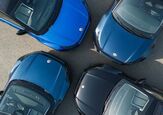














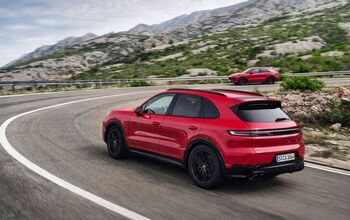
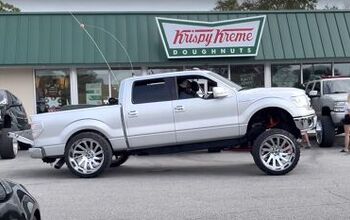
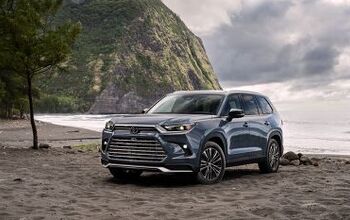

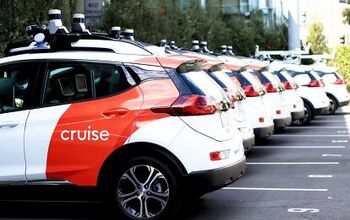
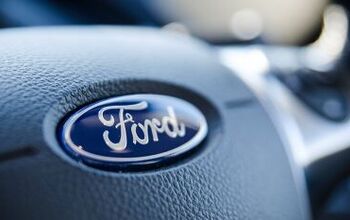

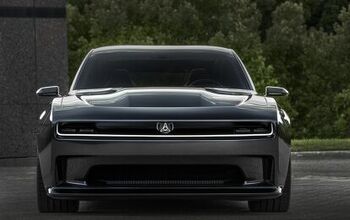
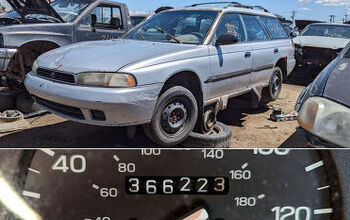

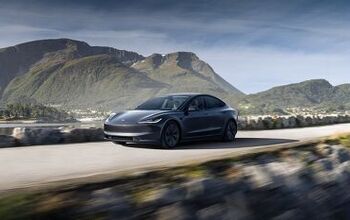

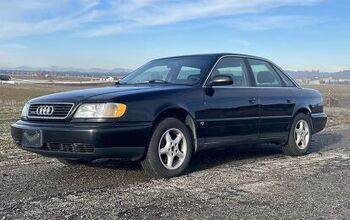
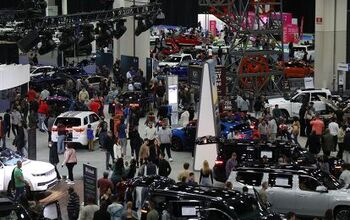
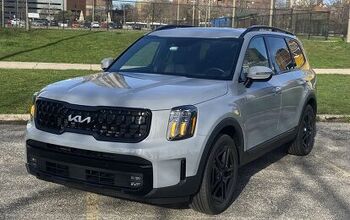
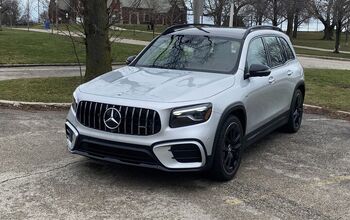
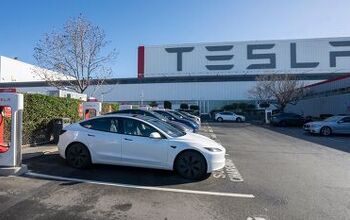

Comments
Join the conversation
Leave it to GM to trip over their own two feet and land face-first in a roadapple pile.
I assumed that this wouldn't function while the car was in motion. I take it that's not true?